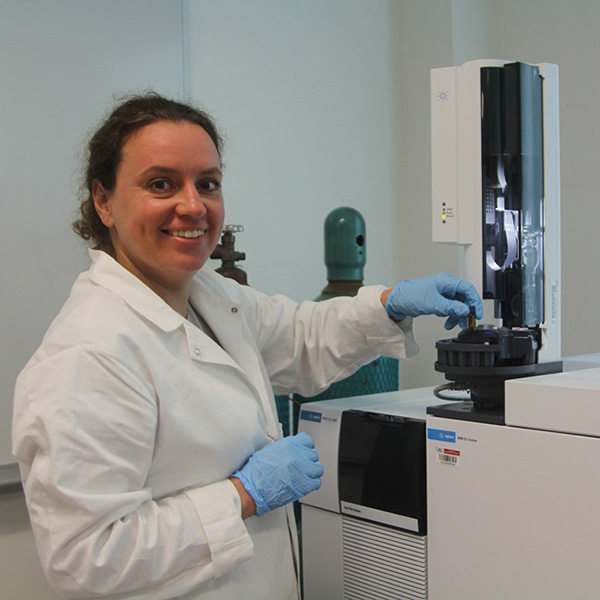
FAU’s Natalia Malina is studying how common contaminants such as pesticides, pharmaceuticals, and personal care products change after being released into Florida’s largest freshwater reservoir— Lake Okeechobee. “These transformation products are often of greater environmental and health concerns than the original chemicals, and most current monitoring programs don’t account for the transformation processes,” says Malina.
The team will deploy passive sampling devices to capture seasonal and annual variations in contamination and will incorporate cutting-edge chemical analysis, including carbon isotope ratio measurements, to determine degradation processes and identify which phototransformation mechanisms are occurring. This will enable them to predict which contaminants are likely forming dangerous byproducts – all without the need for complex screening of unknown compounds.
View Related Expert Profiles: Go to Source